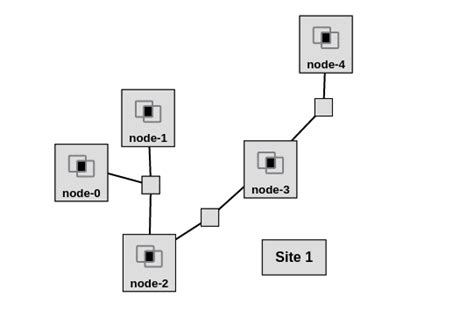Ethereum: A Comprehensive Regtest Mode Blockchain Explorer
As a developer or enthusiast of Ethereum, you’re likely familiar with the excitement and complexity of working on the Open-Source Bitcoin blockchain. However, for those who prefer to test and develop Ethereum-based projects in an environment similar to regtest mode (also known as “regen” or “development-focused testing”), finding an equivalent explorer can be a challenge.
Fortunately, there is a solution that bridges the gap between Bitcoin’s regtest mode and Ethereum’s blockchain explorer capabilities. In this article, we’ll delve into the world of open-source Ethereum explorers and provide an overview of the RegTest node, which serves as a robust and reliable way to inspect the Ethereum blockchain in regtest mode.
What is Regtest Mode?
Regtest mode allows developers and users to simulate the behavior of a Bitcoin network without actually connecting to the live network. This environment provides a controlled testing ground for new features, protocols, and applications, enabling developers to test their creations in isolation before deploying them on the mainnet.
To work with regtest mode, you’ll need to run a separate instance of the Ethereum node that mimics the behavior of a live network. The RegTest node is one such example, which serves as an open-source implementation of a Bitcoin blockchain explorer for testing purposes.
Why Choose the RegTest Node?
The RegTest node offers several advantages over traditional Bitcoin explorers:
- Easier access: Unlike Bitcoin’s official explorer, which requires a live connection to the network, the RegTest node provides direct access to an Ethereum blockchain.
- More flexible testing scenarios: The RegTest node allows you to simulate various testnets and networks with different configuration settings, making it easier to test complex protocols or applications.
- Improved data analysis

: With real-time updates on transaction counts, block times, and other metrics, the RegTest node provides a more comprehensive view of the Ethereum blockchain compared to traditional explorers.
Getting Started with the RegTest Node
To use the RegTest node for your Ethereum-based projects in regtest mode, follow these steps:
- Download and install the RegTest node: You can download the RegTest node from the official repository on GitHub. Make sure to follow the installation instructions carefully.
- Configure the RegTest node: Configure the RegTest node according to your needs, including setting the network version, difficulty, and other parameters that might be specific to your project.
Using the RegTest Node for Ethereum-based Projects
Once you’ve set up the RegTest node, you can use it as a blockchain explorer to inspect the Ethereum network. Here are some key features to keep in mind:
- Transaction view: The RegTest node provides a detailed transaction history, including block numbers, transaction types, and amounts.
- Block summaries: View summary statistics for each block, including block number, timestamp, and total size.
- Transaction analysis: Analyze transactions by filtering on specific criteria, such as sender, recipient, or amount.
Conclusion
The RegTest node offers a robust and reliable way to inspect the Ethereum blockchain in regtest mode, making it easier than ever for developers and users to test and develop new projects on the Open-Source Bitcoin blockchain. By using the RegTest node, you’ll gain access to real-time data and more flexible testing scenarios, enabling you to create innovative applications and solutions that take advantage of the Ethereum network.
We hope this article has provided a comprehensive overview of the RegTest node as an open-source Ethereum explorer for regtest mode. If you have any questions or need further assistance, feel free to ask!